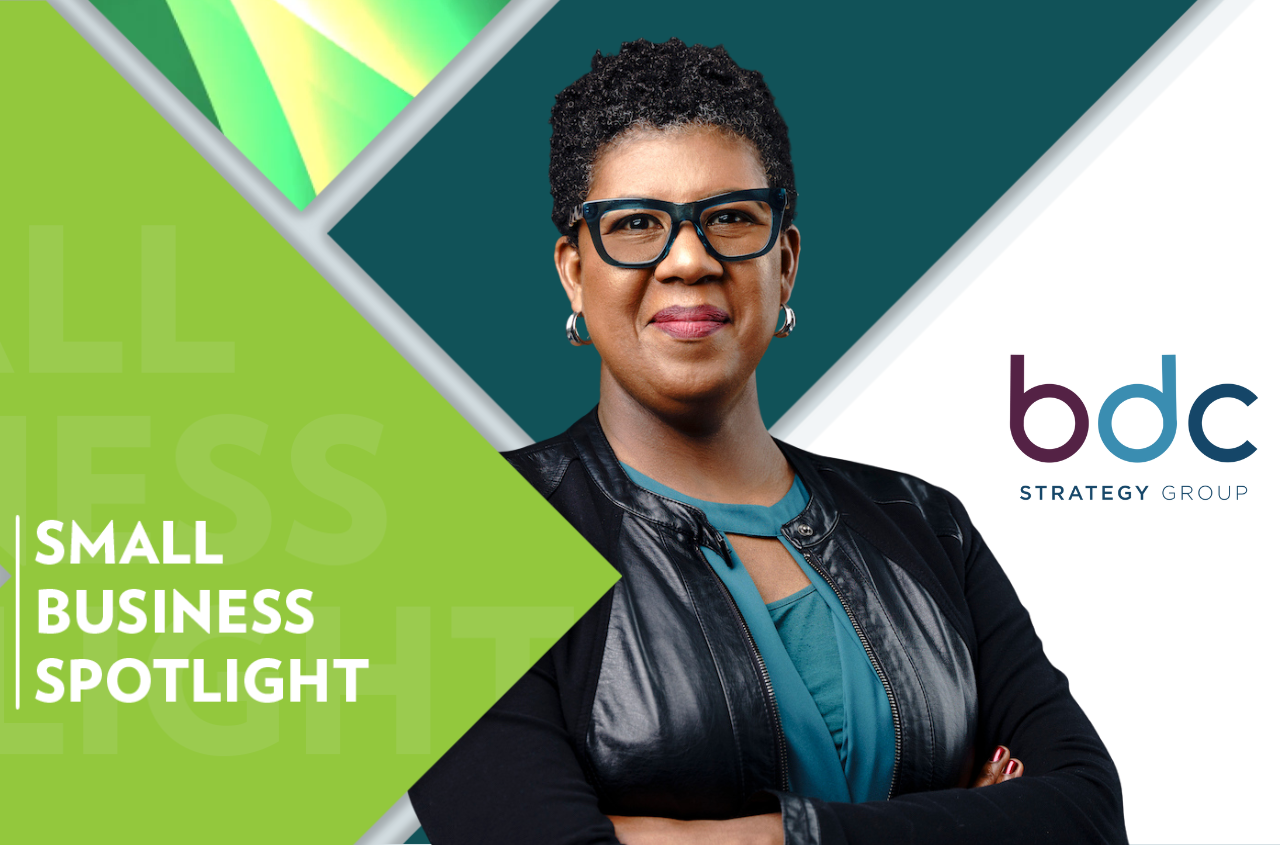March 21 is International Color Day, and colors have long been used in symbolic ways, from stereotypical pink and blue infant clothing to the use of cool or warm tones to contribute to a room’s ambiance.
The color red can illustrate love or passion or anger or even power – politicians are famous for their “power red” neckties. The blockbuster 2023 film “Barbie” harnessed pink as its own symbol of feminine power. Blue is cool and calming, reminiscent of the sky or flowing water. Green generates thoughts of new growth.
And companies use color, too, to craft a brand’s specific message.
Think of logos that are easily recognizable: the bright red of Coca-Cola, the purple and orange of the FedEx logo, McDonald’s golden arches, the simple black Nike swoosh. In all of those brands, the color grabs the eyes first. And the color helps the logo, and the brand, imprint itself on the mind.
The late Louis Cheskin, who was a leading researcher in the field of color, coined the term “sensation transference” to describe the way that people use visual cues, including color, to form opinions of products, services, and companies.
“We associate red with festivity, blue with distinction, purple with dignity, green with nature, yellow with sunshine,” said Cheskin, who was credited with increasing the popularity of margarine in the 1940s by convincing manufacturers to add yellow coloring to make the product look more like butter.
Color psychologist and branding expert Jill Morton encourages companies to look at the colors they use as an important marketing tool, writing in 2011 that “a brand’s colors can speak equally as loud as the name itself.”
And a 2004 study by the Secretariat of the Seoul International Color Expo found that consumers rank a product’s look as overwhelmingly more important than its feel or smell.
In the study, nearly 85% of the respondents said that color accounted for more than half of the factors they considered in choosing which product to purchase.
A recent post by the Print Shop at Carleton University explored the connection between colors and emotions, noting that “how consumers feel about a brand has more pull than what they think of a brand.”
For example, the color orange can convey energy and excitement, while gray stands for neutrality and white is shorthand for simplicity or minimalism.
A brand should consider its target audience and the emotions it wants to evoke among those potential customers. And if a company has international customers, it’s especially important to consider what those colors symbolize in other cultures, avoiding shades that have negative connotations in those countries.
Carleton University recommends deciding which trait is most important to the brand’s image and using the color that corresponds with it as the base color. Next, choose an accent color that both coordinates well visually with the base color and aligns with the base color’s symbolic meaning. Then select a neutral that works well with the base and accent colors.
Color can be a powerful tool for storytelling, and because light travels faster than sound, a customer will see shapes and colors on a website or in a video before they hear the verbal message. That means an impression begins to form as soon as the image reaches a customer’s eye.
So if you want to get a potential customer excited about a product, you might draw focus to your logo with bright oranges or reds. If the message is that your company prioritizes sustainable practices, the color green can help get that across. A subtle way to emphasize that a product is a luxury item is to incorporate purple, a longtime symbol of wealth and royalty, into the logo.
These days, how a logo looks can go almost as far in shaping consumers’ perception of a brand as the actual product itself. So take some time to explore colors and what they symbolize as you share your company’s stories and craft its image.




